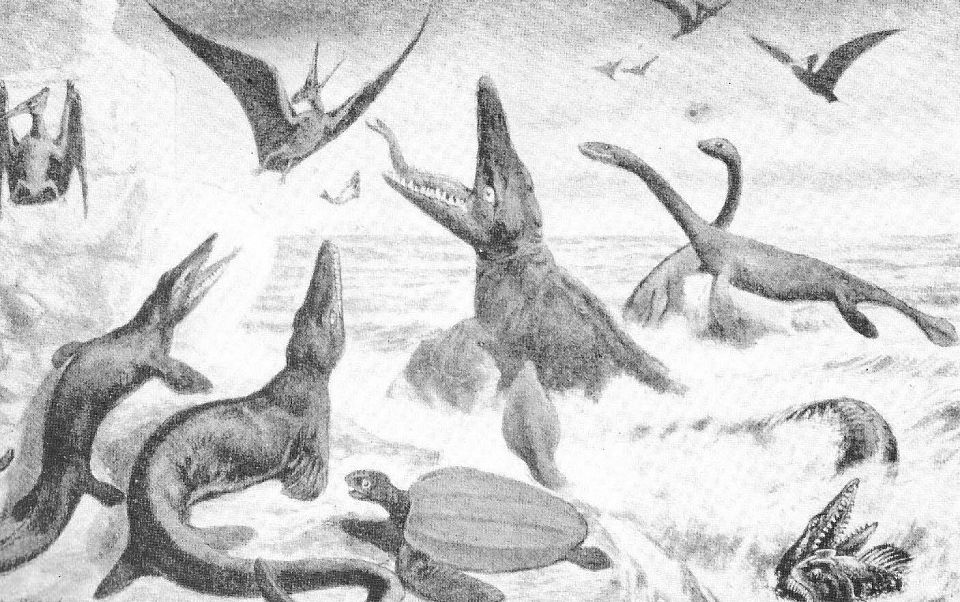
Learn more about the history of the quarry

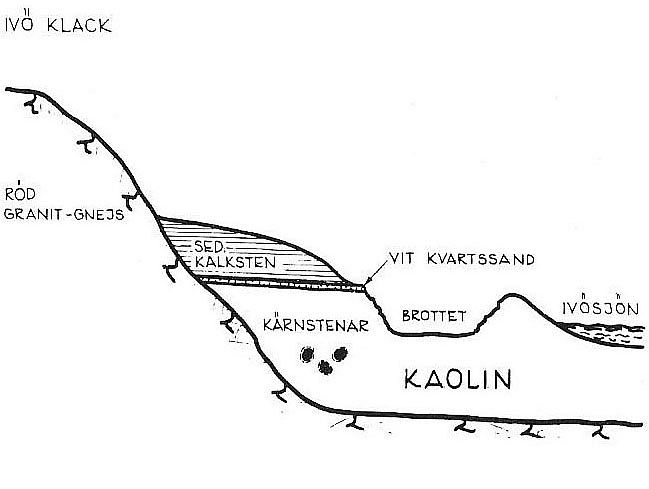
It started around 250 million years ago, when the primary rock elevation called Ivö klack started degrading by 1 millimetre/1,000 years. The eroded red granite became kaolin clay.
This continued for 150 million years until around 60 million years ago, when Ivö klack was an island in the Senonian sea. In addition to dinosaur-like lizards, the sea contained many bivalves and crustaceans that when they died formed a layer of chalk, or calcareous shell gravel as it is known today.
Eventually an around 20-metre-thick layer of lime lay on top of the 40-metre deposit of kaolin clay.
The Geological Survey of Sweden (SGU) was formed in Uppsala in 1858, and researchers and students were tasked with looking for geological deposits all around Sweden. In 1889 SGU and professor Gerard de Geer published a report which mentions lime and kaolin deposits on the island of Ivö.
Gerard de Geer was already friends with the veterinary on Årup, William Abelgaard Nielsen, to whom he revealed that discoveries on Ivö were large enough to be used industrially.
Said and done, in 1896 Dr Nielsen started to build a lime kiln on Koholmen, an islet outside Bromölla that had formed when Lake Ivö was lowered in 1874.
In 1887 Nielsens & Comp. Kalk- och Kaolinbruk was established. During the first years loose limestone rocks from Nabben, the southern part of Ivö, were shipped to Koholmen by Per Truedsson in his timber carrier. He was paid 3.50 Swedish kronor per load by Nielsen. Transport from Nabben increased, and Truedsson bought two sailing boats for his sons, Pelle “Tysk” and his brother.
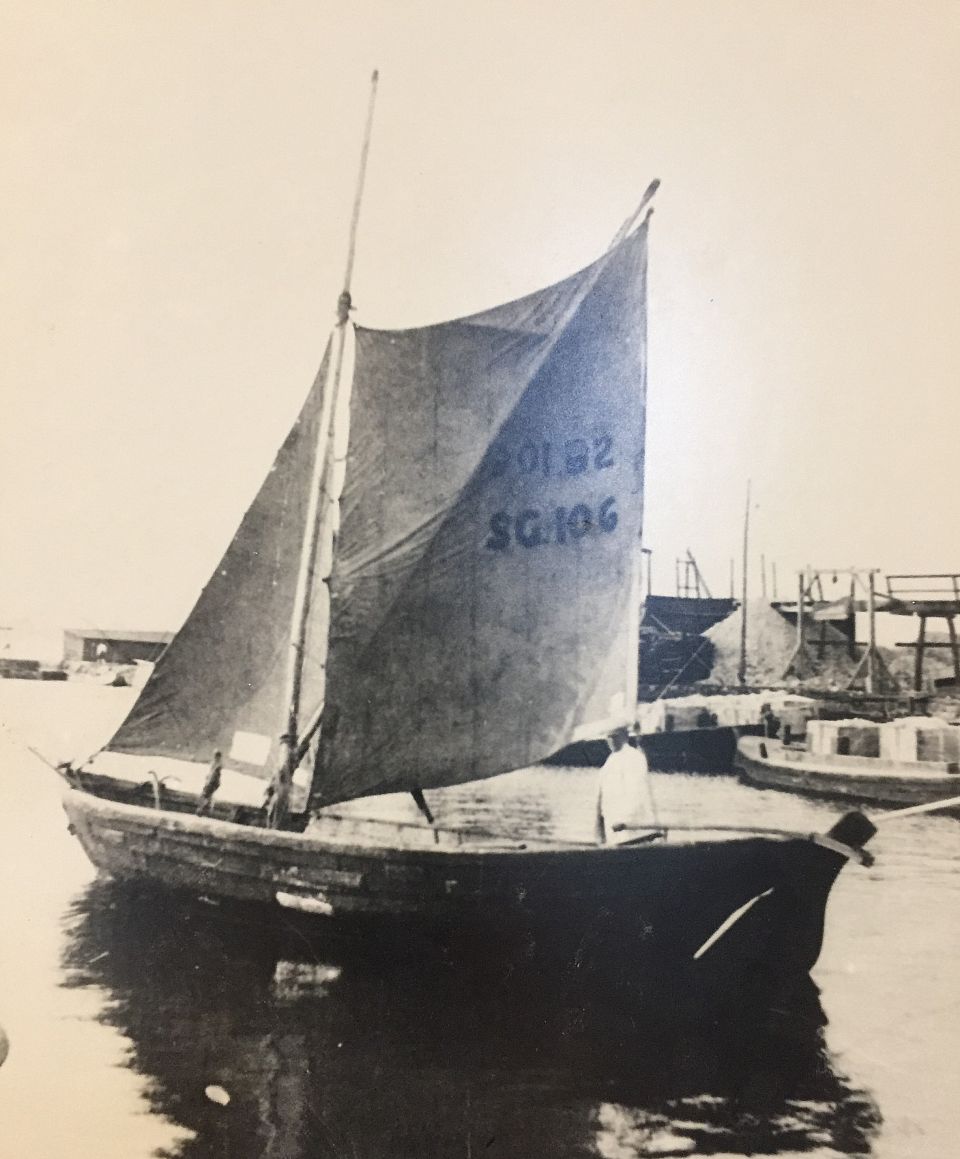
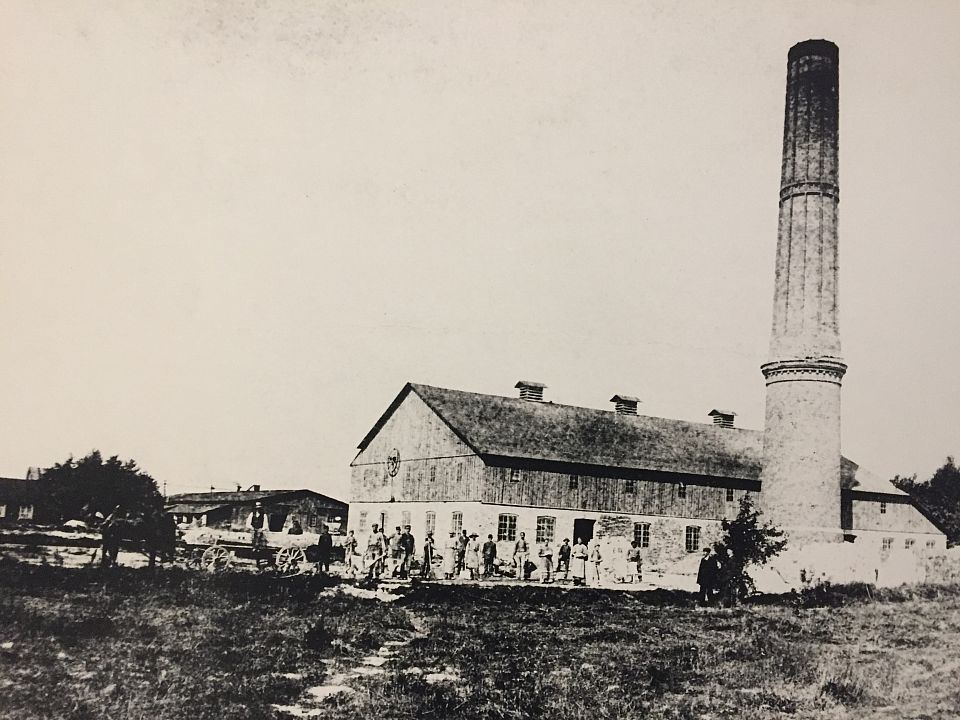
In the early 1890s Nielsen started quarrying lime on Ivö klack in what the locals called “Grufvan” (the mine). The quarrying of kaolin clay began in 1896, when a small washing plant and two circular kilns were built in Bromölla for the production of firebricks.
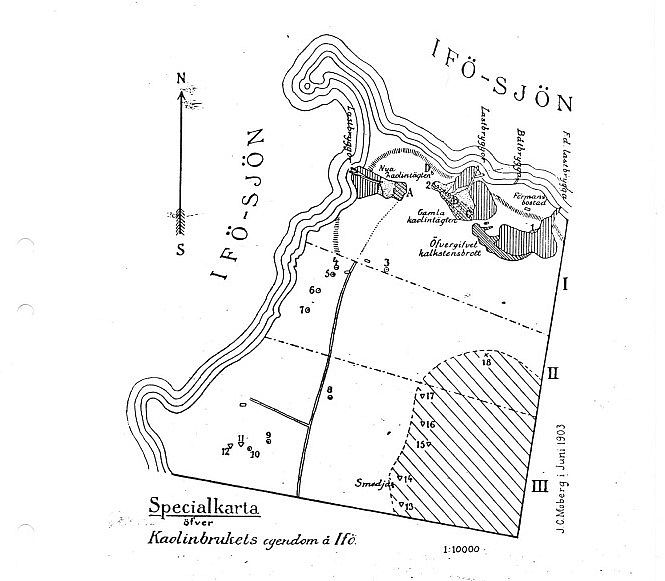
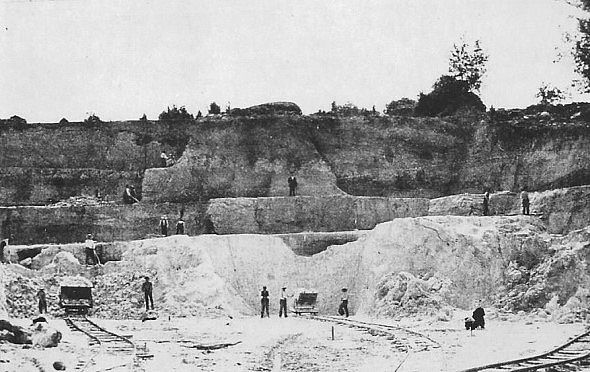
In 1895 Dr Nielsen formed Ifö Kalk- och Kaolinaktiebolag, which was reconstructed in 1899 as Arrende AB Ifö kaolinbruk. In 1901 the leasehold was bought by Axel Hermansen, who founded Ifö Kaolinbruk A Hermansen.

This was the start of the industrial quarrying on Ivö klack that carried on until 1964.
More about the extent of the quarry is found under CRUSHER.
Quarrying on Ivö klack SHOWN IN A FILM FROM 1908.
In 1909 the name changed to AB Ifö Chamotte & Kaolinverk and Ifö Cementfabriks AB, when it was acquired by Skånska Cement and the Wehtje family. In 1927 it became AB Iföverken, which was the name of the company until 1975.
Sources: The books Samhälle och Industri vid Ivösjöns strand, 1986 (Society and Industry on the Shore of Lake Ivö) and “Den vita ön” En mosaik av material och människor, 1987 (“The White Island”: A mosaic of materials and people), and the archives at the museum Iföverkens industrimuseum.